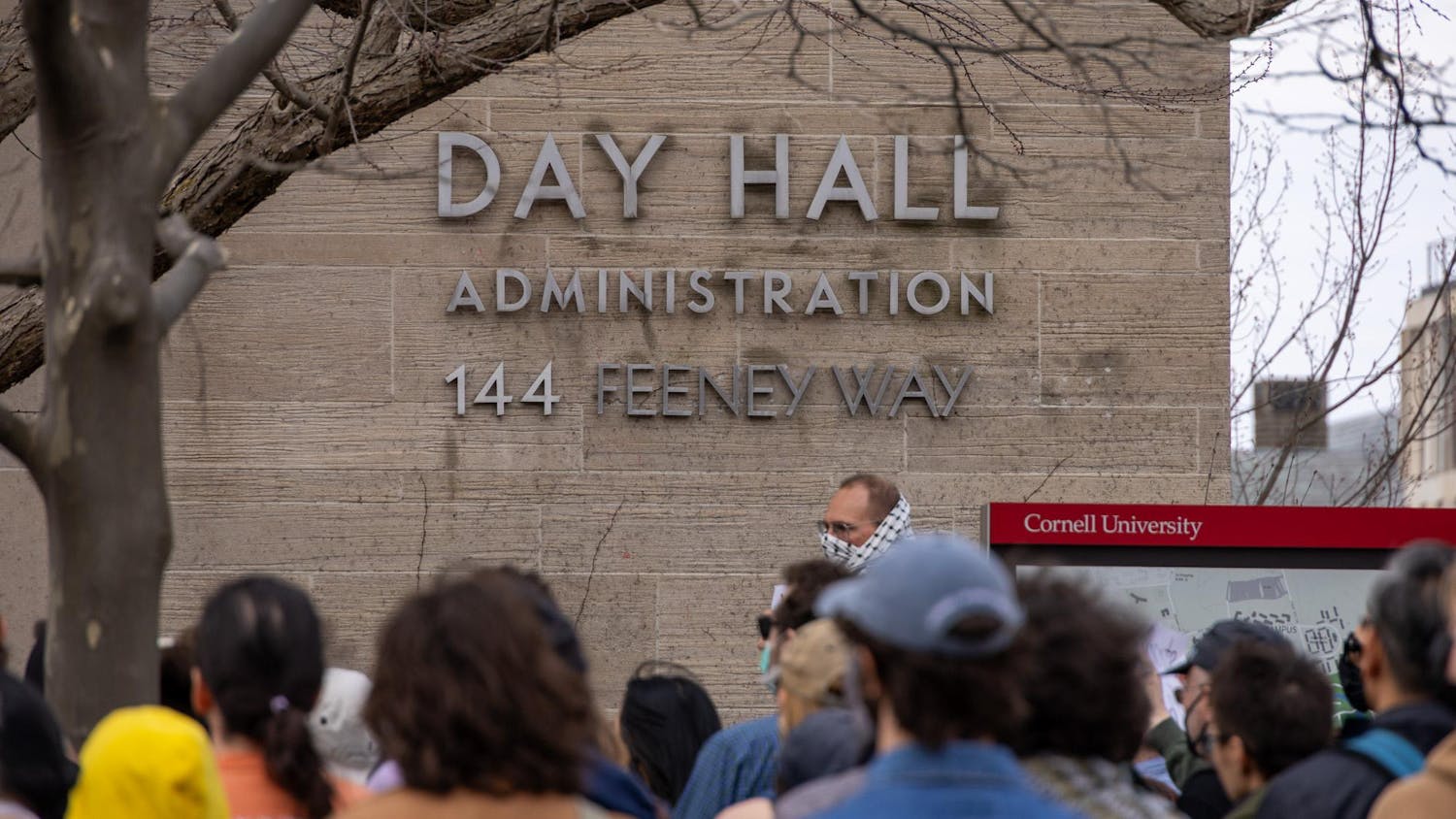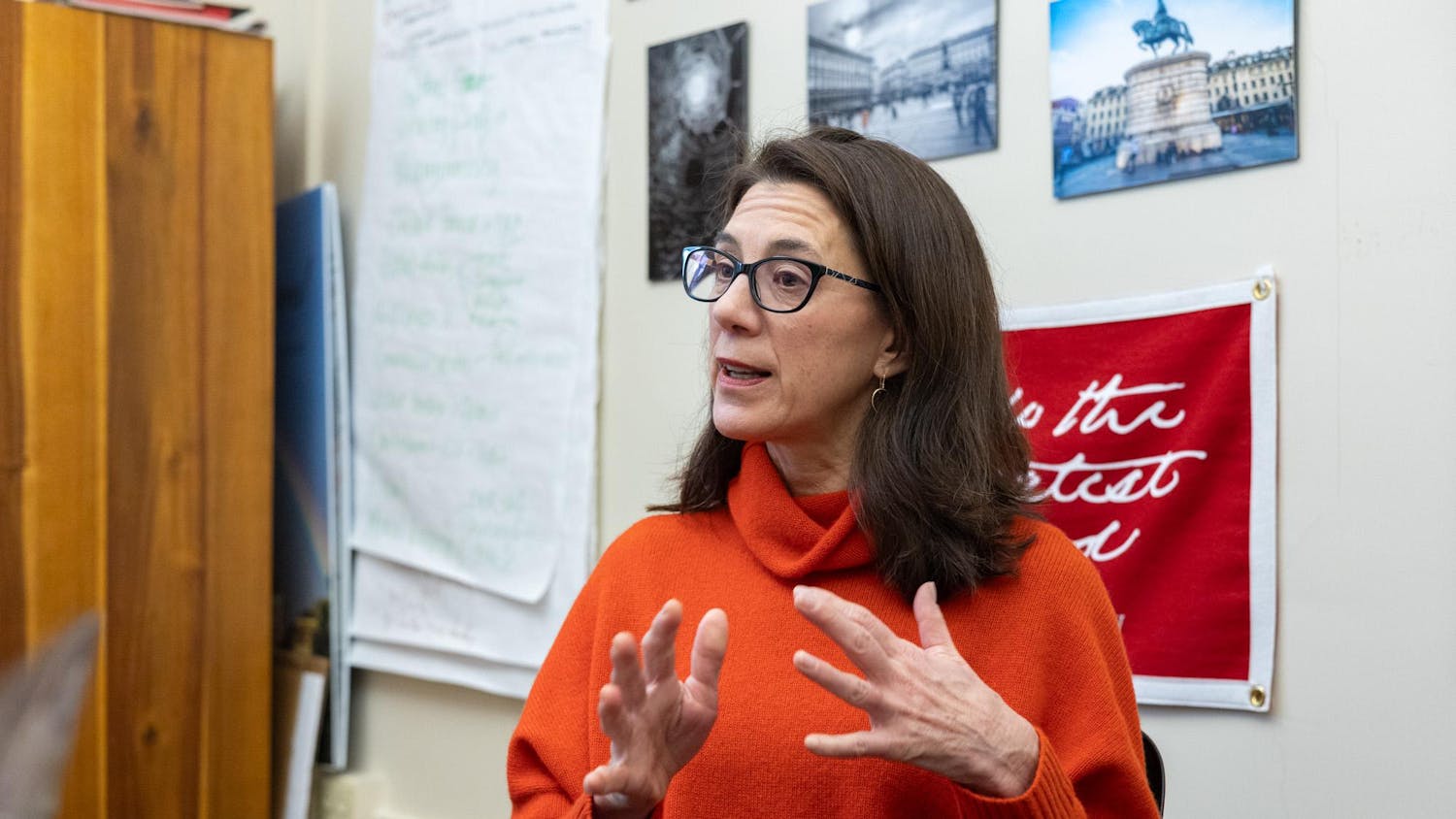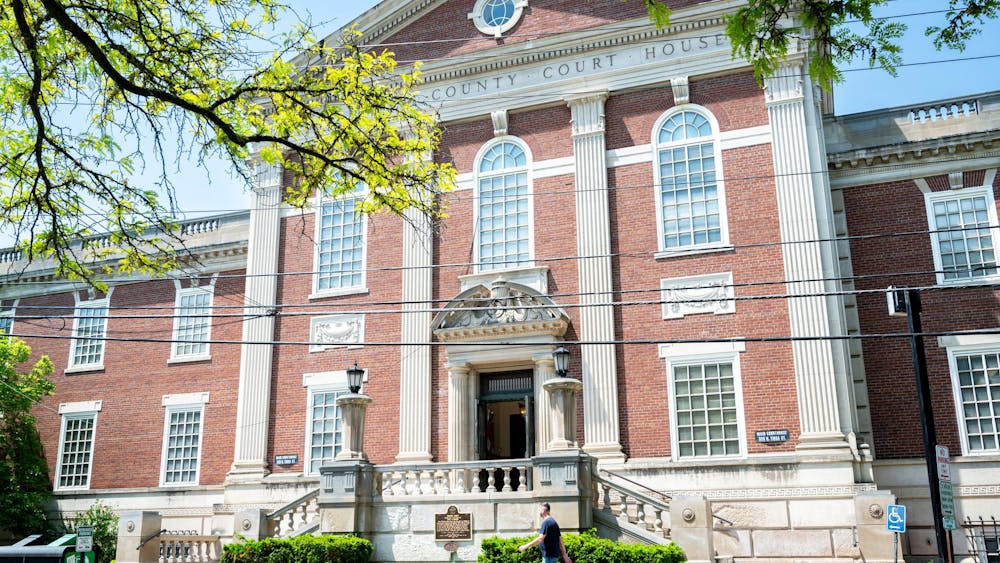Cornell University had the highest number of reported sexual assault incidents out of every university and college in New York in the period from January to May 2018, according to interim data collected by the New York State Department of Education.
With 199 incidents, Cornell has almost twice the number of incidents reported by students at New York University, which is second on the list with 100 incidents, followed by the University at Albany, with 61.
With enrollment size taken into consideration, Cornell’s numbers are even more significant: NYU has 51,123 students enrolled compared to Cornell’s 24,123.
“I think [the high reported incident count is] a good thing,” said Cornell Title IX director Chantelle Cleary. "Every single report is an opportunity to provide the person who had the experience with information that can help them.”
Cleary previously served as the Title IX director at the University of Albany for three years. Prior to that, she was a special victims prosecutor.
“My hope is that the reports continue to increase,” Cleary said. “If it's happening, then I want to know about it, because I want to be able to provide students with support.”
National statistics compiled by the Rape, Abuse & Incest National Network suggest that 23.1 percent of — almost one in four — college-aged women are sexually assaulted. Cleary, who joined Cornell as Title IX director this year, said that it is unlikely that Cornell’s campus culture is significantly different from that of other universities’ or the national statistics.
Following the “Enough is Enough” law passed in 2015, the University is required to report to New York State all incidents of sexual assault, dating violence, domestic violence and stalking that are reported to the Title IX office.
Of the incidents that were reported, though, very few individuals chose to pursue institutional action: only 12 percent of incidents were processed by the University’s judicial conduct office. The number is 19 percent at NYU and 34 percent at the University of Albany.
“Institutional processing” occurs when a student chooses to pursue a hearing through the University’s hearing panel, a group of volunteer individuals who are trained by the Title IX office and individuals from the Law School on appropriate hearing procedures. At the conclusion of a hearing, an accused student is found “Responsible” or “Not Responsible” for a reported incident.
Those who are found responsible can face a range of repercussions. In the 2016-2017 academic year, most individuals found responsible were put on probation, suspended, or dismissed from the University.
For an incident to be processed at Cornell, the accuser must choose to pursue institutional action. Without consent of the individual, the incident will only be filed, and the University will not take action unless the accused is a danger to the public.
Most of the incidents reported to Cornell, according to the report, occur off-campus. According to Cleary, off-campus locations include the Collegetown area and privately-owned fraternity houses, as well as anywhere outside of the physical Ithaca and Weill campuses. With 124 off-campus incidents, Cornell has the most by far, followed by NYU with 52.
“I don't see these reports as anything other than positive — not positive that the violence occurred,” Cleary said, “but positive that in the aftermath of an experience of violence, our students are coming to us.”
After an incident of sexual assault or misconduct is reported, a student can receive support from the Title IX office in the form of counseling, scheduling and facilitating academic stability, according to Cleary. An individual does not need to take institutional action to receive this support.
However, only 38 percent of students were aware of the services offered by the Title IX office, according to the 2017 Sexual Assault and Related Misconduct Survey, in which more than half of Cornell students reported experiencing at least one form of harassment.
In the same survey, almost one in five students who experienced “harassing behaviors” reported both that it had to be “tolerated” and that the harassment was severe enough to interfere with their participation in Cornell programs.
Cleary said that the Title IX office is “being mindful” of the question of whether Cornell is receiving more reports or has a higher prevalence of sexual misconduct-related incidents.
“We are looking at [the data] and asking the same questions you're asking … but I think the conclusion that we are drawing is that it's not that there is more violence within the Cornell community, rather, it's that our students are sharing their experiences more.”
Currently, Cleary says the Title IX office is in a stage of “listening and learning,” and has been holding satellite talks and conversation times at different places around campus, like residence halls.
This year, the office also hired a new staff member specifically for the purpose of developing programs focusing on “prevention education,” which looks to shift the campus culture as a whole. Currently, student leaders and athletes are required to receive sexual violence prevention training annually under NYS law. More sexual violence education programs may be implemented, according to Cleary, after the viewpoints of different “subpopulations” at Cornell can be heard.
“Student empowerment, safety and awareness, not the statistics, are the real goals,” Cleary said.
Rochelle Li ’21 contributed reporting to this article.

Cornell Has Highest Number of Reported Sexual Assault Incidents Among New York State Colleges
Reading time: about 5 minutes
Read More










